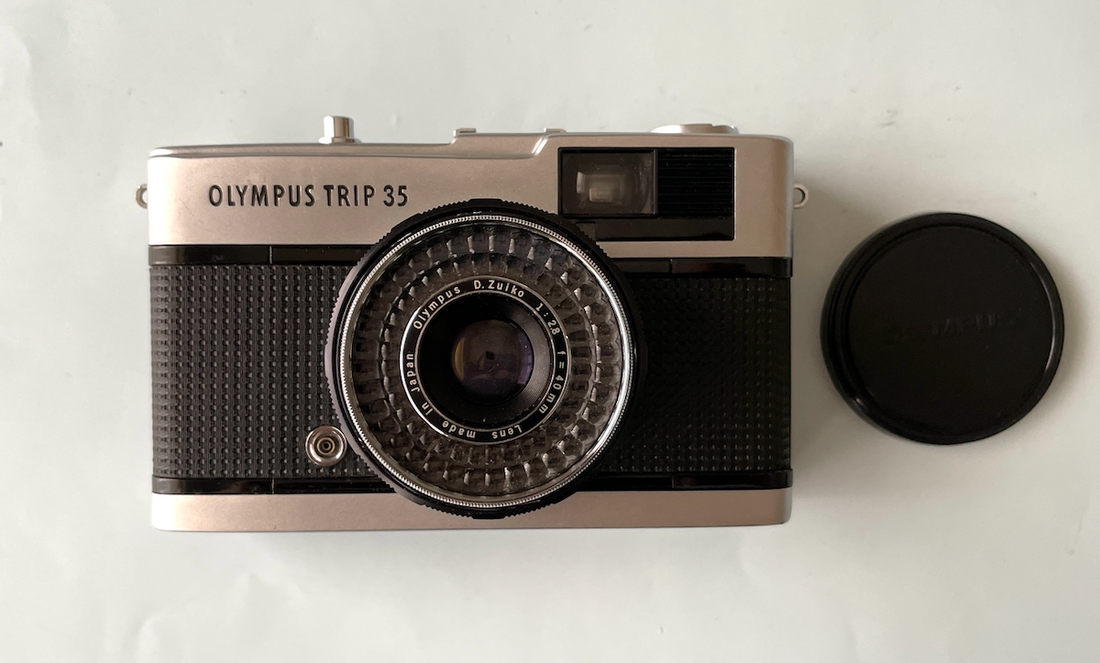
Why a Simple Lens Cap Matters for Your Film Camera
Share
More Than Just Scratch Protection

When most people think about a lens cap, they imagine it only protects the glass from scratches, dust, or fingerprints. That’s true — but for vintage film cameras like the Olympus Trip 35 or Olympus PEN EE-2, the lens cap plays an even more important role.
Protecting the Selenium Light Meter
Both the Trip 35 and PEN EE-2 use a selenium cell to measure light and set the exposure automatically. Selenium reacts to light whenever it hits the meter — even when you’re not taking photos.
If the camera is left without a lens cap, the selenium cell is constantly exposed, which means it’s always working. Over time, this can shorten its lifespan and reduce its sensitivity.
By using a lens cap whenever you’re not shooting, you give the selenium cell a chance to “rest,” helping it last longer and keeping your exposures accurate.
Simple Habits for Long-Term Care
-
Always put the cap on when you’re not shooting
-
Keep the cap on even when storing the camera in a case or bag
-
If you lose the cap, replace it as soon as possible — generic sizes are widely available
Conclusion

A lens cap may seem like a minor accessory, but for cameras with selenium meters, it’s essential. By keeping the light meter protected, you extend the life of your Olympus Trip 35, PEN EE-2, or any other selenium-based camera.
At Contrail Camera, we always include a lens cap with these models — a small detail that helps preserve both their beauty and reliability for years to come.
